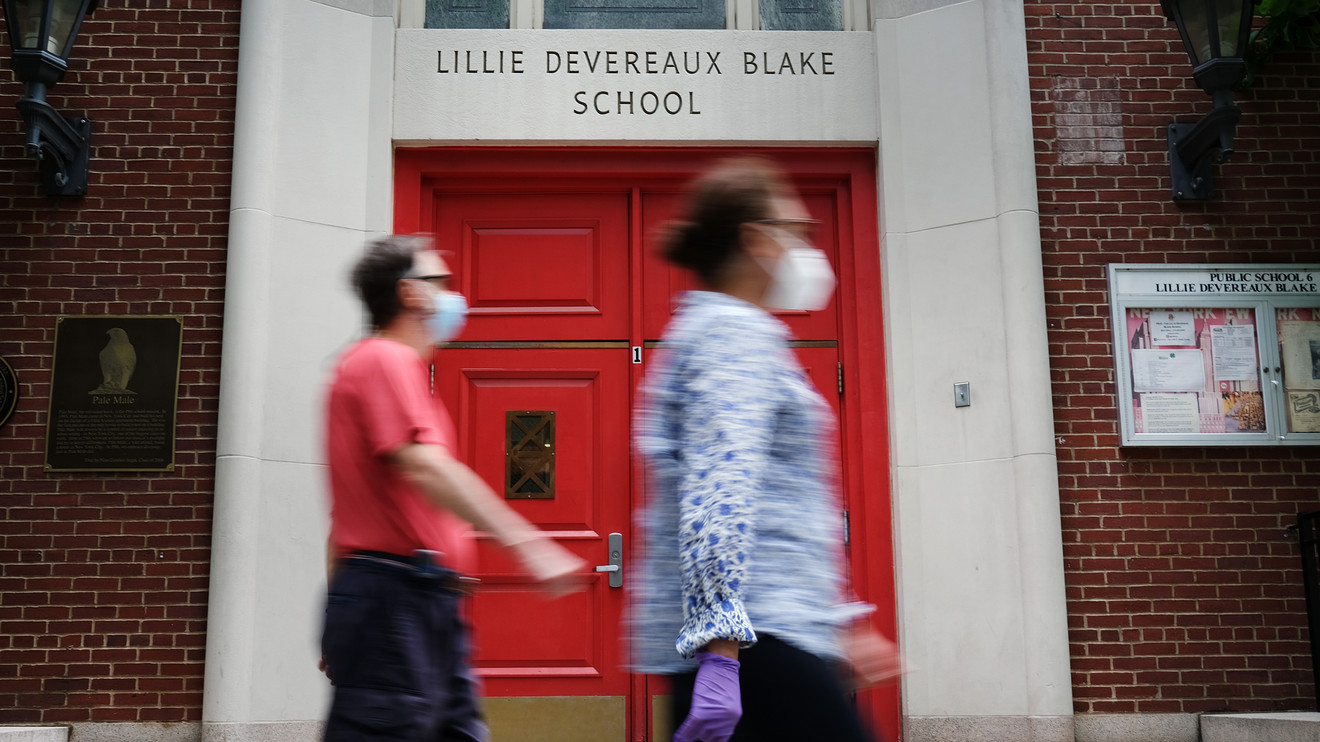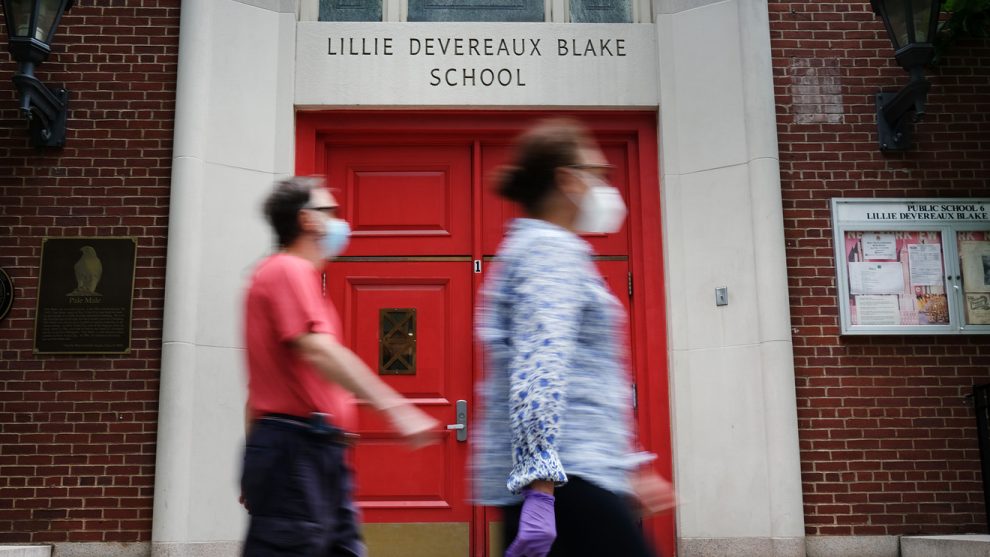
School’s out, and for many kids this fall, it’s going to stay out — especially if they’re on the lower end of the income ladder.
Thirty-one percent of parents say they’ll likely or definitely be keeping their kids home if their school physically reopens in the fall, according to a new survey by JAMA Pediatrics.
Almost half of the parents (49%) in the 730-person survey conducted in early June said they’d likely or definitely be sending their kids to school. Another 20% said they’re equally likely to keep their kids home for virtual learning or send them to in-person instruction.
“ The parents most likely to keep their kids home (38%) made less than $50,000. ”
Researchers found financial differences between the families who were planning for their children to physically attend school and those who were not. The higher their income level, the more likely parents were to say that they planned to send their kids into the classroom.
The parents most likely to keep their kids home (38%) made less than $50,000 a year. The second-most likely set of parents (29%) to consider keeping their kids home made between $50,000 and $100,000 a year.
On the other end of the spectrum, 27% of parents making more than $150,000 a year will or likely will keep their kids home. They may be paying for “teaching pods” and “private educators” instead.
In a distant fourth, only 21% of parents making between $100,000 and $150,000 a year are planning to keep their kids home, the study said. Nearly two-thirds (58%) of this demographic said they were planning to send their kids to school.
Part of the discrepancy could also stem from how much money a school has, said study author Emily Kroshus, a professor in the University of Washington’s Department of Pediatrics.
The study suggested that parents with more money had more confidence their school was ready to teach in-person while preventing the spread of COVID-19. “This finding really speaks to inequality in school experiences,” Kroshus told MarketWatch.
“ Because property taxes and school funding are linked, lower-income parents are more likely to live in communities with poorly-funded schools. ”
Property taxes and school funding are linked in the U.S., and “lower-income parents are more likely to live in communities with poorly-funded schools,” she said.
Better funded schools are more likely to have a lower teacher-student ratio, and more staff to implement and enforce safety procedures in the fall, experts say.
“If schools have failed to meet their child’s needs pre-pandemic, it’s likely that parents will generalize those experiences to how the school will address the current situation.”
No matter how much money they make, parents have a tough choice. If their child’s school is open, they can keep their kids home for virtual learning, a repeat of the spring.
Or they can send their kids to co-mingle in schools during a fall that will combine the coronavirus pandemic with the regular flu season. It will be “the worst fall, from a public health perspective, we’ve ever had,” according to Robert Redfield, director of the Centers for Disease Control and Prevention.
Of course, as parents decide what to do, the study shows it’s not a purely dollars-and-cents decision.
After controlling for various factors, parent plans to keep kids home were associated with fears of coronavirus, fears of multisystem inflammatory syndrome — a rare, but serious condition for children that could be linked to COVID-19 — confidence in their school system and the challenges of homeschooling.
Parents don’t have a guarantee their child’s school is even going to be physically open.
“ Wealthier parents were more likely to say that they planned to send their kids into the classroom. ”
The study comes while school districts across the country are grappling with the common question of whether to physically re-open facilities and, if so, to what extent.
Los Angeles’ 700,000-student school system, the second largest in the country, will start the year with online-only instruction, after negotiations between the city’s education officials and its teachers union. Chicago, Miami and Houston are other major cities starting the year with remote learning.
But New York City, the country’s largest school system, with 1.1 million students, is still planning a hybrid model where parents can choose from either a blend of remote and classroom instruction or all remote learning. More than 700,000 kids are planning for the blended model, New York City Mayor Bill de Blasio said on Twitter TWTR, +0.21% .
Don’t miss:Fauci urges schools to hold classes outdoors as much as possible
Some school districts physically reopened and then had to temporarily shut their doors. Pictures of the crowded hallways in Georgia’s North Paulding High School bounced around the internet. Then the school had to close for several days in the wake of nine confirmed infections.
It’s that fear of infection that is making many teachers view their job as perilous.
Almost three-fourths (72%) of teachers said their job is at least somewhat risky because of COVID-19, according to a survey of approximately 200 K-12 teachers by the Center for State and Local Government Excellence, a nonprofit organization focused on state and local governments.
Seventy percent of those teachers trust their local government — presumably containing the schools where they work or send their kids — to make the appropriate decisions on employee safety. Almost 60% have little, if any, trust that the federal government will make appropriate decisions about worker safety during the pandemic, the survey said.
Earlier this month, President Donald Trump unveiled recommendations for schools that reopen this fall. “We’re looking for that responsible path forward to shelter those at highest risk while allowing those at lower risk to resume work in school and play football. Go play football,” Trump said at one point.











Add Comment